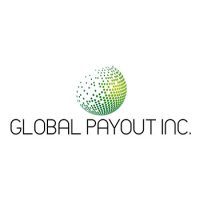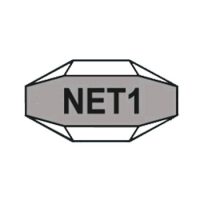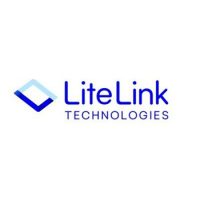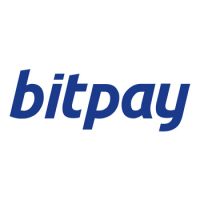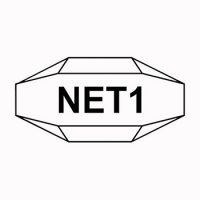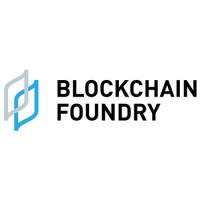Blockchain
INTRODUCING THE HUNT: THE FIRST CONSUMER MARKETPLACE THAT COMBINES AR, CV, AND NFTs WITH REAL-LIFE PRODUCTS TO CREATIVELY BRIDGE THE GAP BETWEEN DIGITAL ASSETS AND PHYSICAL GOODS
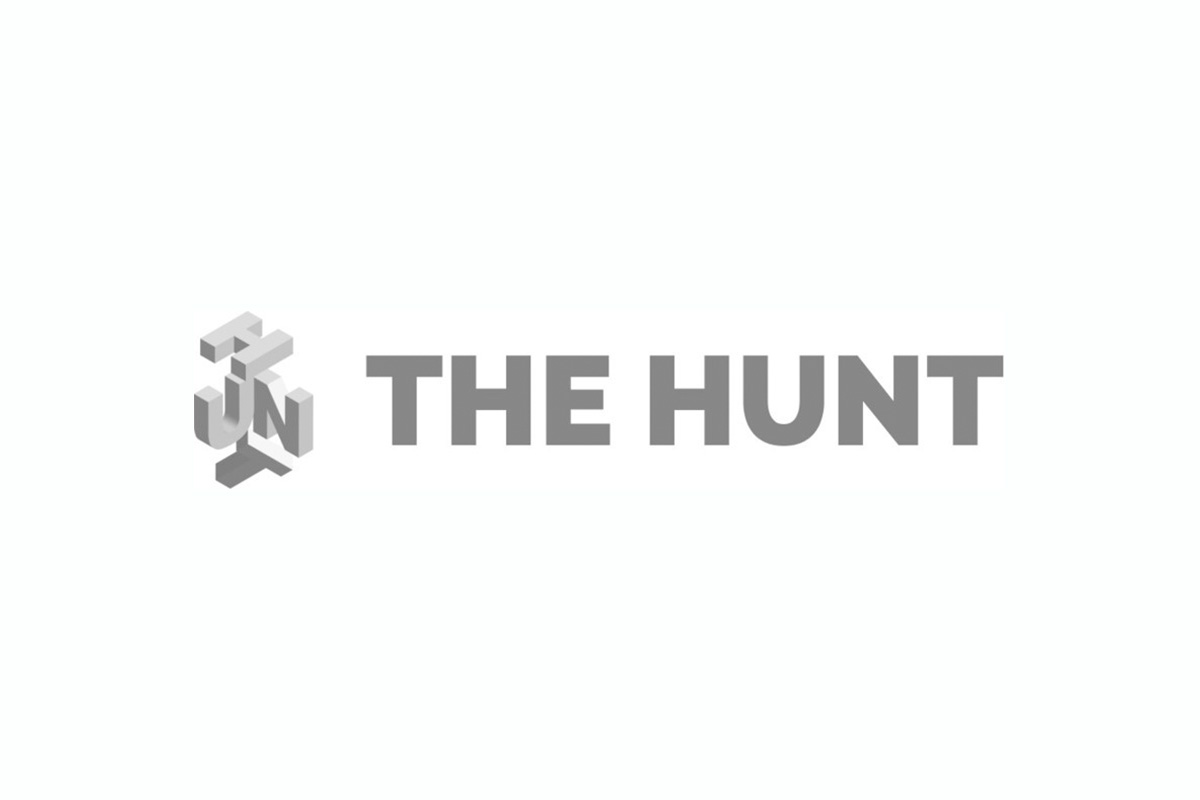
The Hunt, the first online consumer marketplace to use a combination of Augmented Reality (AR), Computer Vision (CV), and blockchain technology to allow people to purchase, display, and even symbolically wear their NFTs, is announcing its public launch. The Hunt is kicking off the launch with an LA-based and Malawian-born artist, Rannel Ngumuya, and has curated a limited edition release featuring NFTs and wearable collectibles based on his Bungalo Boy brand.
The Hunt is the first of its kind, creating a unique range of offerings in a single marketplace. While there are platforms that let people import and display their collection of NFTs and other digital assets, The Hunt is innovative in that it has combined digital collectibles with physical, AR-capable products. Additionally, while existing platforms in the space rely on barcodes for physical merchandise, The Hunt’s use of CV allows users to scan images with trained data assets that can detect AR experiences in physical and digital products without the use of barcodes or markers. Through this implementation of machine learning technology, The Hunt is able to elevate the experience for the NFT holder, offering an advanced AR experience that can detect unique markers, creating an emotional connection between the consumer and the product.
The Hunt also includes a mobile application–a seamless extension of the web platform–that lets users import, display, and even wear NFTs in AR anytime and anywhere via their mobile device. The mobile application is available on iOS and Android in January 2022.
To purchase NFTs and physical collectibles from the limited edition releases on The Hunt, users visit the web platform via thehunt.com, then browse the marketplace and select a digital asset (NFT). If the user has a Metamask wallet and wants to pay using Ether (ETH), they then connect their wallet through the browser extension. Once connected and confirmed, the NFT will appear in the library of collectibles in their profile section of the website. However if the user does not have a Metamask account, they are prompted to either create one or checkout via credit card.
Once this process has been completed, users can then utilize The Hunt’s mobile app to access their NFT library, view and display their purchased digital assets in AR, as well as scan accompanying physical products to experience the AR component.
“Augmented Reality and Blockchain technologies are an unstoppable combination that will create a new paradigm of how we experience a hybrid between physical and digital content for the metaverse,” says Natalia Diaz, Co-founder and CEO of The Hunt. “As The Hunt continues to evolve, we imagine a world where you can collect and explore multi-dimensional unique experiences through mobile devices, gaming, and wearables.”
“It’s an inevitability that fashionable and affordable AR glasses will hit the market in coming years,” says Andrew Resnick, a Co-Founder of The Hunt. “Within the fashion and merchandise spaces, The Hunt is positioning itself as the leading destination for all things Augmented Reality.”
“We are beyond excited to collaborate with an emerging artist such as Rannel,” adds Sagen Albert, Co-Founder and COO of The Hunt. “He is profoundly talented and our intention with The Hunt is to showcase a range of artwork and collectibles that deeply embody creativity and genuine storytelling through our purposeful curation and interactivity. The idea driving our affordable price structure is to make The Hunt accessible to both new and seasoned collectors.”
In the coming year, The Hunt will continue creating new augmented experiences and further developing its cutting-edge convergence of physical and digital storytelling through wearables, gaming, mobile, and decentralized apps. The company will also be working to secure partnerships with creative and innovative artists and celebrities, industry-leading brands, and AR display companies. For more information or to purchase one of The Hunt’s Bungalo Collection offerings, please visit www.thehunt.com/.
Blockchain
EAT & BEYOND ANNOUNCES PROPOSED NAME CHANGE AND UPDATED INVESTMENT POLICY
Blockchain
Blocks & Headlines: Today in Blockchain – May 30, 2025 (Fraser Edwards, Kyiv NFT, Spirit Blockchain Capital, Indian eHealth, Hedera)

Blockchain technology and cryptocurrencies continue to redefine industries—from competitive gaming and cultural heritage preservation to corporate finance, healthcare, and alternative tokens. Today’s briefing highlights five pivotal developments shaping the ecosystem: Fraser Edwards’s vision for trust in eSports; Ukraine’s wartime cultural preservation via NFTs; Spirit Blockchain Capital’s Q1 2025 operational report; India’s push for blockchain-enabled electronic health records (EHRs); and the rise of viral altcoins such as UniLabs, Sui, and Hedera Hashgraph. Together, these stories illustrate the themes of trust and identity, preservation and provenance, institutional maturation, public-sector innovation, and token diversification. In this op-ed–style round-up, we distill the essence of each story, cite sources, and offer analysis on how they advance Web3, DeFi, and NFT frontiers.
1. Rebuilding Trust in eSports: Can Blockchain Fix Competitive Integrity?
Source: CCN
Summary:
In a recent CCN interview, veteran trader and eSports investor Fraser Edwards argues that blockchain’s immutable ledgers can restore credibility in the rapidly commercializing world of competitive gaming. According to Edwards, match-fixing scandals and opaque prize-pool distributions have eroded fan confidence. By tokenizing tournament entries and payouts on public blockchains—complete with smart-contract–enforced escrow—organizers can guarantee that prize monies are distributed exactly as advertised, and that no post-match manipulation occurs. Tournament operators in Asia and North America are already piloting Ethereum-based payout dApps, aiming to increase transparency for players and sponsors alike.
Key details & analysis:
-
Smart-contract escrow: Funds are held in a time-locked contract that releases prize money only upon verifiable match results. This prevents disputes over referee decisions or delayed payments.
-
On-chain reputation: Player and team reputations can be tokenized via non-fungible reputation badges that accrue based on fair play and community votes—discouraging cheating.
-
Scalability concerns: High-traffic tournaments may require Layer 2 rollups or alternative chains (e.g., Polygon, Immutable X) to reduce gas costs and latency.
Opinion: Blockchain’s dual promise of provable fairness and programmable finance makes it uniquely suited to eSports. Yet adoption hinges on UX: seamless wallet integrations, minimal transaction fees, and clear regulatory guidance on esports tokens.
2. When Art Meets Blockchain: Ukraine’s Wartime Cultural Preservation
Source: The Kyiv Independent
Summary:
As monuments crumble under artillery fire, Ukrainian curators and technologists are partnering to mint NFTs representing lost or endangered artifacts. The Kyiv Independent reports that the National Art Museum of Ukraine has launched “Project Phoenix,” tokenizing high-resolution 3D scans of sculptures, manuscripts, and paintings. Proceeds from initial sales fund restoration and digital archiving efforts. Each NFT embeds provenance metadata—including GPS coordinates, curator notes, and condition reports—ensuring that future generations can verify authenticity and context, even if the physical artifact is destroyed.
Key details & analysis:
-
Metadata richness: Beyond simple ownership, NFTs store structured metadata—using ERC-721 metadata extensions—that capture curatorial insights and conservation logs.
-
Decentralized archives: IPFS and Arweave are employed to host ultra-high-resolution imagery, with on-chain hashes guaranteeing data integrity.
-
Community engagement: Fractional-NFT drops allow diaspora communities to collectively own tokens, strengthening cultural ties and crowdfunding preservation.
Opinion: Blockchain’s ability to immutable record heritage provides a lifeline for war-torn nations. However, ensuring that local institutions retain governance over metadata edits and future migrations is critical to avoiding “cultural colonialism” by global NFT marketplaces.
3. Spirit Blockchain Capital’s Q1 2025 Highlights: Growth, Investments, and Outlook
Source: GlobeNewswire
Summary:
Spirit Blockchain Capital’s Q1 2025 report benchmarks the firm’s operational milestones and financial performance. Assets under management (AUM) climbed 45% to $1.02 billion, driven by strategic allocations to top-tier Layer 1 and Layer 2 protocols, DeFi liquidity pools, and a newly launched token-index fund. Operating income rose 37%, fueled by management fees and performance incentives. The firm also closed its second blockchain-focused venture fund at $150 million, earmarked for early-stage Web3 projects in gaming, infrastructure, and decentralized identity.
Key details & analysis:
-
Diversification strategy: 60% of AUM in blue-chip cryptocurrencies (Bitcoin, Ethereum); 25% in DeFi (Aave, Uniswap, Lido); 15% in tokenized commodities and NFTs.
-
Fund performance: The flagship fund delivered a 9.8% return in Q1, outperforming the 6.2% benchmark set by the Bloomberg Galaxy Crypto Index.
-
Venture investments: Early stakes in zero-knowledge proof startups and decentralized storage platforms signal confidence in scalability and privacy innovations.
Opinion: Spirit’s robust growth and disciplined diversification mirror institutional maturation in the blockchain asset management space. As regulatory clarity improves, expect further inflows from endowments, pensions, and family offices.
4. Blockchain EHRs in India: The Next Digital Health Revolution
Source: ORF
Summary:
The Observer Research Foundation (ORF) details India’s pioneering pilot of blockchain-backed electronic health records (EHRs) in the state of Andhra Pradesh. By leveraging a permissioned Hyperledger Fabric network, the initiative ensures that patient records—from vaccination histories to diagnostic imaging—are securely shared across hospitals, clinics, and pharmacies. Patients control access via digital identities anchored to India’s Aadhaar system, granting temporal permissions for data viewing and preventing unauthorized sharing.
Key details & analysis:
-
Interoperability: HL7 FHIR standards are mapped to on-chain transactions, enabling seamless data exchange with existing hospital information systems (HIS).
-
Privacy safeguards: Off-chain storage of PHI (Protected Health Information) is encrypted with patient-held keys; only hashed pointers reside on-chain to ensure immutability without exposing sensitive data.
-
Regulatory alignment: The pilot aligns with India’s draft Digital Health Act, which emphasizes data sovereignty and patient consent frameworks.
Opinion: Blockchain EHRs can democratize healthcare access in a populous nation—but success depends on user-friendly portals, robust identity verification, and contingency plans for network outages in rural areas.
5. The Hottest Viral Altcoins of 2025: UniLabs, Sui, and Hedera Lead the Pack
Source: TronWeekly
Summary:
According to TronWeekly, the altcoin landscape in 2025 is dominated by three viral tokens: UniLabs (UNI-L), Sui (SUI), and Hedera Hashgraph (HBAR). UniLabs, a governance token for a decentralized laboratory network, saw a 1,200% year-to-date surge on news of its AI-driven drug-discovery partnership. Sui’s Move-based smart-contract platform gained traction for sub-second finality and low gas fees, with total value locked (TVL) surpassing $2 billion. Hedera’s HBAR continues its enterprise pivot, securing multi-year agreements with global brands for identity verification and supply-chain tracking.
Key details & analysis:
-
UniLabs use case: Token holders vote on research grants and share in royalty revenues from patented compounds developed on-chain.
-
Sui performance: With a novel object model and horizontal sharding, Sui supports over 3,000 TPS (transactions per second) without compromising on decentralization.
-
Hedera enterprise: The Governing Council—comprising Boeing, Google, and LG—bolsters confidence in HBAR’s governance model and paves the way for compliant enterprise deployments.
Opinion: These tokens exemplify the diversification of blockchain applications. Investors should assess not only market hype but also protocol fundamentals—developer activity, economic incentives, and real-world adoption.
Cross-Story Trends & Key Takeaways
-
Trust & Transparency at the Core
From esports prize-pool ledgers to wartime NFT archives and permissioned health records, blockchain’s immutability fosters verifiable trust—a prerequisite for mainstream adoption across sectors. -
Institutional & Public-Sector Innovation
Spirit Blockchain Capital’s fund growth and India’s EHR pilot signal that both private and government entities view blockchain as a strategic infrastructure, not just speculative assets. -
Vertical Specialization Fuels Token Growth
Viral altcoins like UniLabs, Sui, and Hedera thrive by addressing niche use-cases—governance in biotech, scalable DeFi rails, and enterprise identity—underscoring the importance of purpose-built protocols. -
Metadata & Provenance Drive NFTs Beyond Art
Ukraine’s cultural NFTs demonstrate how rich on-chain metadata can preserve heritage, while esports applications show that reputation tokens can enforce fair-play credentials. -
Ecosystem Maturation Requires UX & Governance
Across all stories, user experience—wallet onboarding, identity verification, metadata curation—and robust governance frameworks (tokenomics, regulatory alignment) emerge as decisive factors in blockchain’s next wave.
Conclusion
Today’s blockchain headlines reveal a maturing ecosystem where trust, transparency, and targeted innovation unlock new frontiers—from safeguarding digital heritage amid conflict to revolutionizing healthcare and sports. As institutional players allocate billions, and public-sector pilots chart regulatory pathways, the fate of tomorrow’s Web3 landscape hinges on seamless UX, rigorous governance, and demonstrable real-world utility. Stay tuned for tomorrow’s Blocks & Headlines, where we’ll continue tracking the trends, tokens, and technologies that define the blockchain revolution.
The post Blocks & Headlines: Today in Blockchain – May 30, 2025 (Fraser Edwards, Kyiv NFT, Spirit Blockchain Capital, Indian eHealth, Hedera) appeared first on News, Events, Advertising Options.
Blockchain
Kyrgyz Republic to launch USDKG, a gold-backed stablecoin pegged to the U.S. Dollar, in Q3 2025

USDKG
-

 Blockchain Press Releases3 days ago
Blockchain Press Releases3 days agoRain Expands Support to Solana, Tron, and Stellar, Enabling More Partners to Launch Stablecoin-powered Card Programs
-

 Blockchain Press Releases3 days ago
Blockchain Press Releases3 days agoBybit Secures MiCAR License in Austria, Opens European Headquarters in Vienna with Strategic Expansion Plan
-

 Blockchain Press Releases5 days ago
Blockchain Press Releases5 days agoFlipster Reveals Middle East Expansion Plans and Appoints Regional Leadership to Bolster Crypto Trading
-

 Blockchain Press Releases5 days ago
Blockchain Press Releases5 days agoCoinW Teams Up with Superteam Europe to Conclude Solana Hackathon and Accelerate Web3 Innovation in Europe
-

 Blockchain5 days ago
Blockchain5 days agoBlocks & Headlines: Today in Blockchain – May 27, 2025 Featuring Blockchain.com, Bilal Bin Saqib, XRP Ledger, Unstoppable Domains, ReNEW, MEXC Ventures
-

 Blockchain3 days ago
Blockchain3 days agoBlocks & Headlines: Today in Blockchain – May 29, 2025 (Vaulta, Fosun, Signing Day Sports, Credit Unions, Gaming Innovations)
-

 Blockchain6 days ago
Blockchain6 days agoBlocks & Headlines: Today in Blockchain – May 26, 2025 (Lightchain AI, Cetus Hack, Bilal Bin Saqib, The Blockchain Group)
-

 Blockchain Press Releases6 days ago
Blockchain Press Releases6 days agoAB Charity Foundation X AB Blockchain Join Forces to Advance the Global “Tech for Good” Mission


















